These 13 U.S. cities have recently seen temperature highs that shatter previous records, a worrisome trend with implications for daily life, public health, and urban planning. While climate variability is nothing new, the frequency and intensity of these temperature spikes suggest a deeper pattern. This exploration will help you grasp the seriousness of these changes and their potential impact.
1. Phoenix, Arizona
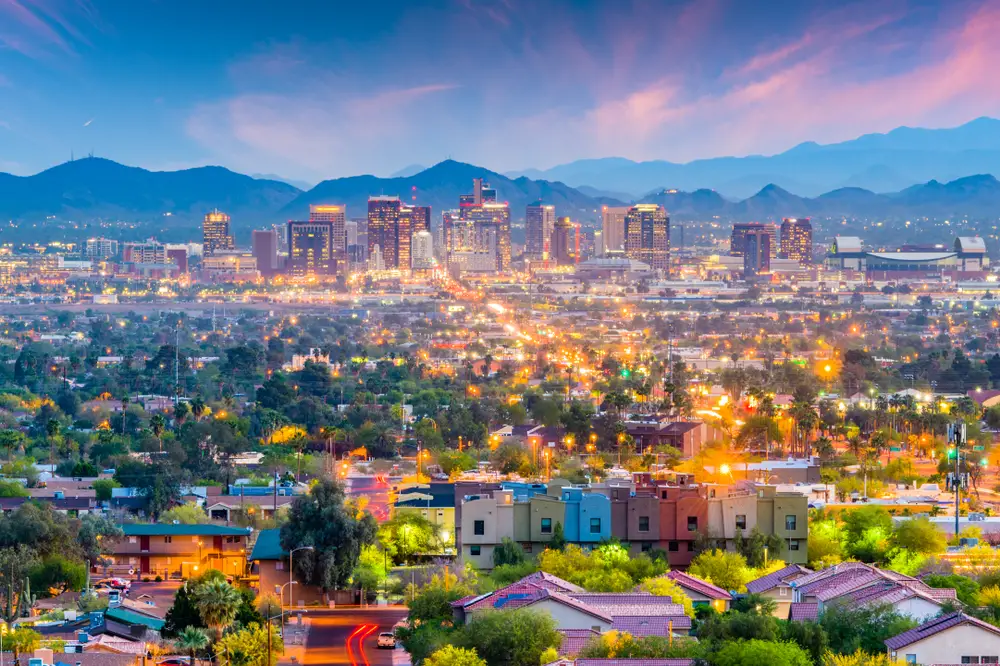
Phoenix has long been known for its searing heat, but recent temperature records are rewriting the definition of hot. This summer, Phoenix experienced an unprecedented 31 consecutive days at or above 110°F, a streak that shattered previous records and underscored the city’s vulnerability to heat. The unyielding sun has prompted the city to consider innovative cooling solutions, from reflective streets to expanded green spaces. According to a study by the National Oceanic and Atmospheric Administration (NOAA), urban heat islands significantly exacerbate these conditions, making Phoenix a case study for other cities facing similar challenges.
As you navigate your summer plans in Phoenix, it’s crucial to stay informed about heat advisories and hydration strategies. The city’s infrastructure is being tested in new ways as the relentless heat affects everything from electricity consumption to water resources. Residents are adapting by finding creative ways to stay cool, whether it’s through community pool parties or simply embracing the nightlife to escape the blistering daytime temperatures. For you, this might mean adjusting your routine to minimize exposure during peak heat hours or investing in energy-efficient cooling systems.
2. Houston, Texas
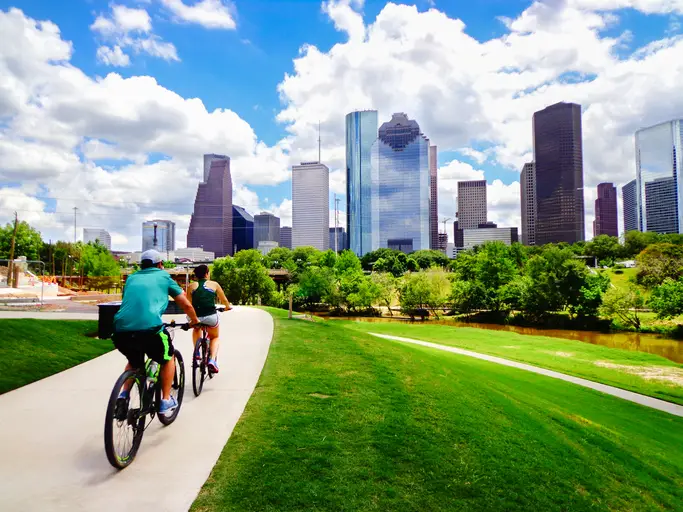
Houston is no stranger to heat, but recent temperatures have pushed the limits of what the city is used to. This year, the city broke its record with a 109°F day in August, an extreme rarely experienced in the Gulf Coast metropolis. The rising temperatures bring to the forefront issues of energy demands, as air conditioners are pushed to their limits to keep homes and businesses habitable. For you, this means higher electric bills and increased awareness of energy conservation strategies.
The sweltering heat has also had dire consequences for local wildlife, with reports of heat-stressed animals becoming more frequent. With such extreme weather patterns, local environmentalists are advocating for more sustainable urban planning and increased green coverage to mitigate heat effects. As a Houstonian, participating in local tree-planting initiatives or supporting sustainable urban projects can be a way to contribute positively to your city. You might also find solace in indoor activities, discovering Houston’s vibrant indoor culture, from art galleries to theater performances, that offer respite from the oppressive heat.
3. Las Vegas, Nevada
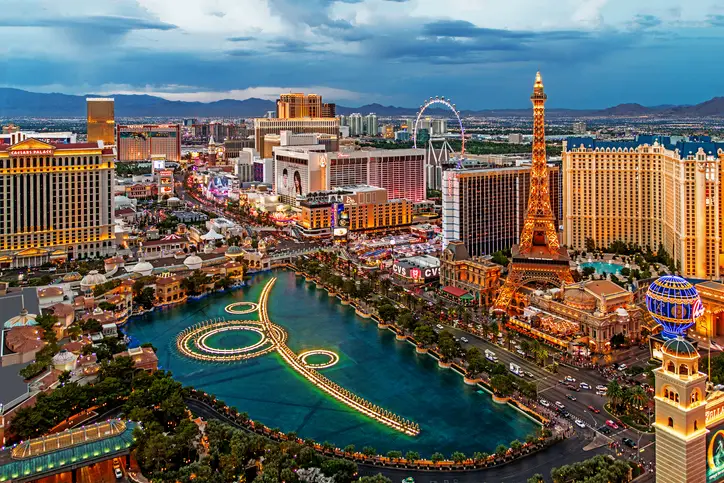
Las Vegas recorded its hottest month ever this past July, with daily highs averaging over 102°F. The unrelenting heat has turned the city into a crucible, testing the limits of human endurance and infrastructure. According to a report by the Union of Concerned Scientists, such temperature extremes are projected to become more common, raising concerns about the long-term livability of areas like Las Vegas. For you, staying cool might mean more than just avoiding the Strip; it could entail a complete rethinking of your summer lifestyle in the city.
Outdoor activities, a staple of Las Vegas tourism, are particularly affected, pushing both residents and visitors to seek alternatives. As you explore the city, you’ll notice an increased emphasis on shaded walkways and misting stations, along with a surge in indoor entertainment options. The hospitality industry is also adapting, with hotels implementing more energy-efficient cooling systems to accommodate the growing demand. For locals, this is a stark reminder of the urgent need to rethink urban design and personal habits to cope with the rising mercury.
4. Miami, Florida
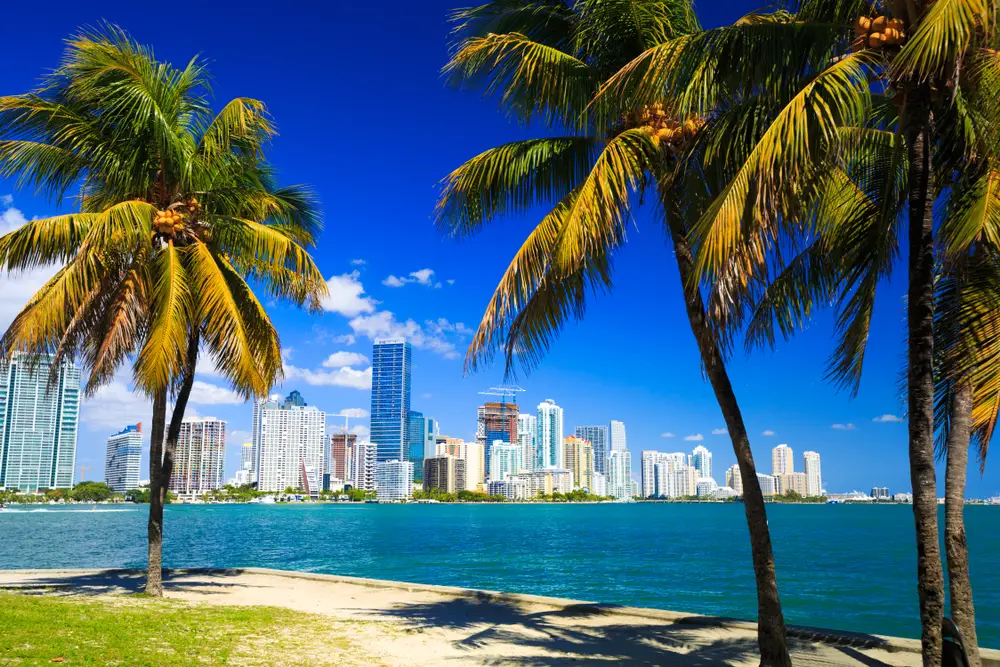
Miami’s tropical climate is famous, but the recent heat records are intensifying the city’s challenges. This year, Miami hit an unprecedented high of 98°F, a temperature that not only affects comfort but also sparks concerns about rising sea levels and hurricane intensification. The city’s response includes ramping up efforts to improve its stormwater systems and enhance coastal defenses. For you, understanding these changes can help navigate the city’s evolving landscape and prepare for the future.
The sweltering heat is also influencing Miami’s vibrant outdoor culture, which includes everything from beach outings to street festivals. Residents are finding creative ways to enjoy their city, turning to water activities and shaded parks to beat the heat. As you immerse yourself in Miami’s energetic lifestyle, staying informed about heat advisories and taking appropriate precautions will ensure your safety and enjoyment. The heatwave serves as a wake-up call, prompting both city officials and residents to pursue more sustainable, resilient living strategies.
5. Seattle, Washington

Known for its mild climate, Seattle faced a startling temperature spike this year, reaching an unprecedented 108°F in late June. This record-breaking heat has raised concerns about the city’s preparedness for such extremes, historically rare in the Pacific Northwest. Researchers from the University of Washington have highlighted the need for better heatwave planning, emphasizing that such events could become more frequent with climate change. For you, this means reconsidering the ways you stay cool and safe during the summer months.
As Seattle’s infrastructure is tested by unexpected heat, urban planners are looking to expand green spaces and improve building designs to better handle high temperatures. The impacts on local agriculture and wildlife are also being closely monitored, as the area is unaccustomed to dealing with extreme heat. For residents, this has meant adapting to new patterns of energy consumption and finding inventive ways to stay cool, such as designing DIY cooling systems or embracing nocturnal activities. As you experience Seattle’s summer, these changes highlight the importance of community resilience and adaptability in the face of new climate realities.
6. Denver, Colorado
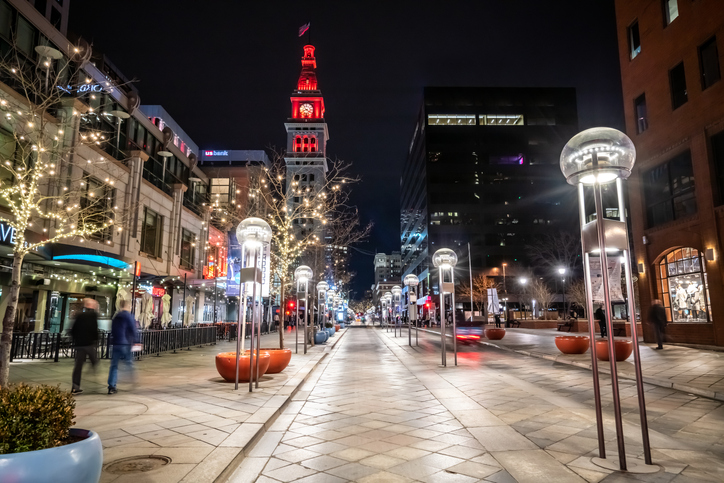
Denver’s high-altitude climate did not shield it from record-breaking heat this year, with temperatures hitting a sweltering 105°F. The city, known for its brisk mountain air, is grappling with the implications of such extreme heat on its environment and lifestyle. The increasing temperatures are altering local ecosystems, affecting everything from urban wildlife to plant life in the Rocky Mountains. As a resident or visitor, these changes might mean adjusting your outdoor plans and being mindful of heat-related risks.
The intense heat has also strained Denver’s infrastructure, particularly its energy and water resources. Residents are experiencing increased utility costs and are becoming more conscious of water conservation strategies. Urban planners are exploring sustainable solutions like increased vegetation and improved public transportation to mitigate heat effects. For you, this transformation could involve adopting energy-efficient home practices or participating in community-driven environmental initiatives to help make Denver more resilient.
7. Chicago, Illinois
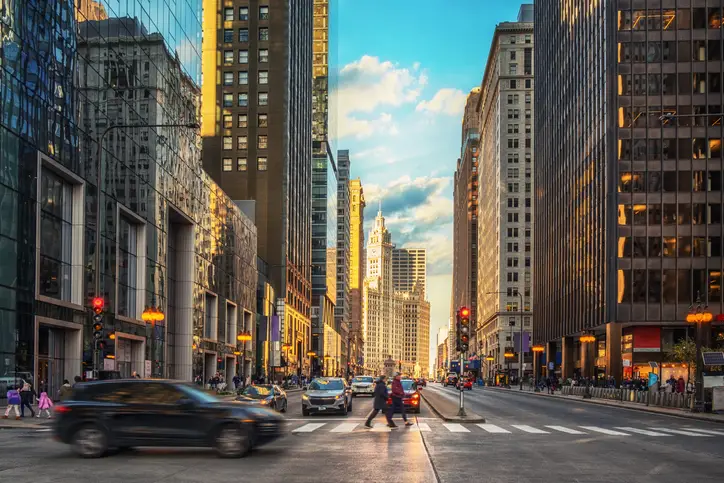
Chicago, affectionately known as the “Windy City,” experienced an unprecedented heatwave that saw temperatures soar to 104°F. This alarming spike in heat has put a spotlight on the city’s preparedness for extreme weather events. A study by the Illinois State Water Survey has emphasized the importance of enhancing Chicago’s heat response strategies, such as expanding cooling centers and improving public awareness. For you, this means staying informed about available resources and taking proactive steps to protect yourself during heatwaves.
The heatwave has also had significant implications for public health, with increased cases of heat-related illnesses reported across the city. As you navigate Chicago’s bustling streets, be mindful of the impact of heat on vulnerable populations, including the elderly and those without access to air conditioning. Local authorities are encouraging residents to check on neighbors and engage in community support efforts. These challenges highlight the importance of building a network of resilience and care, ensuring that everyone can cope with and adapt to rising temperatures.
8. New Orleans, Louisiana
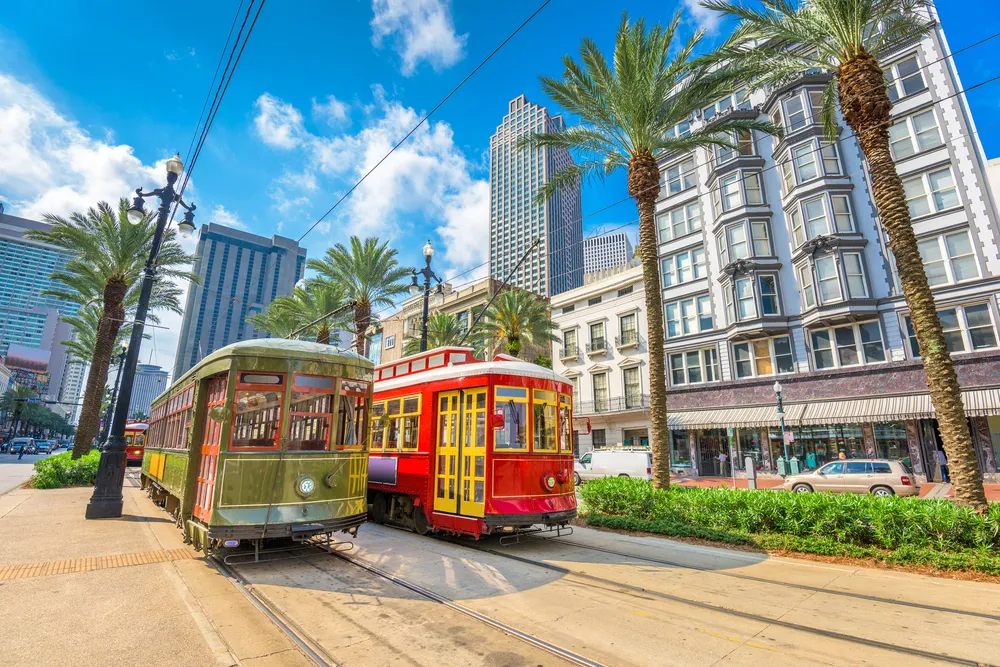
New Orleans, a city known for its vibrant culture and humidity, has seen record-breaking heat that has pushed temperatures to 101°F. The intense heat, coupled with high humidity, poses a unique challenge for the city’s infrastructure and public health system. The heat amplifies the city’s existing vulnerabilities, such as flooding and storm intensity, complicating the already delicate balance of living in a coastal city. As you navigate life in New Orleans, these changes might necessitate a greater awareness of climate resilience strategies.
The rising temperatures have prompted the city to explore new ways to keep cool, from implementing heat mitigation measures to improving access to cooling centers. For locals and visitors, this means adjusting daily routines to avoid peak heat and prioritizing hydration and shade. The city is also seeing a push towards sustainable living, with community initiatives focused on reducing carbon footprints and enhancing green spaces. Whether you’re a resident or a tourist, these evolving dynamics call for a proactive approach to living in harmony with New Orleans’ changing climate.
9. Los Angeles, California
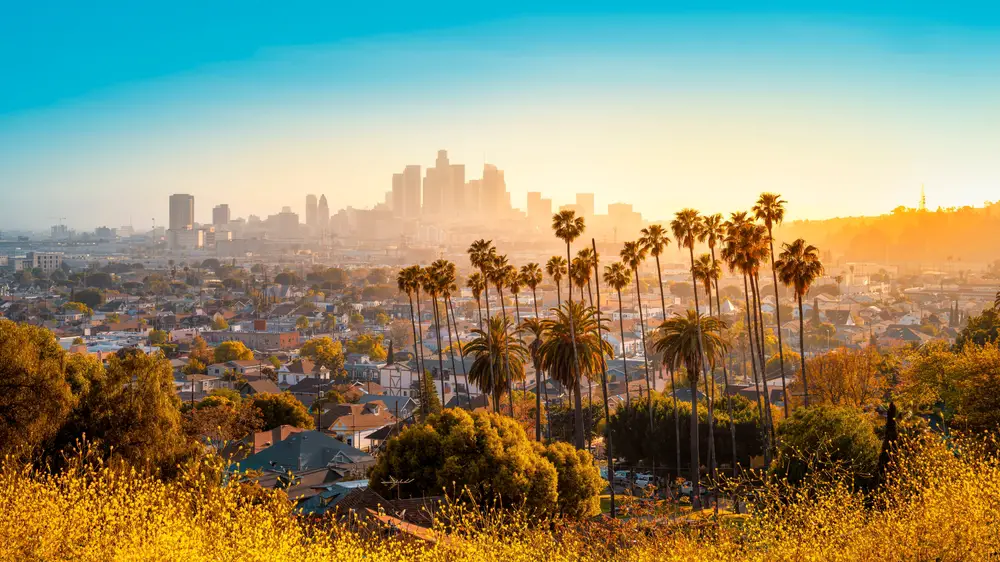
Los Angeles, synonymous with sunshine, is experiencing higher-than-usual temperatures that are setting new records. The city saw a scorching high of 112°F this year, exacerbating concerns about fire risks and water scarcity in the area. Urban heat islands in Los Angeles make these temperatures even more unbearable, prompting a reevaluation of urban planning and energy consumption. For you, this means being vigilant about fire alerts and water usage while finding innovative ways to stay cool.
The soaring temperatures are influencing LA’s famous lifestyle, shifting activities from sun-drenched beaches to air-conditioned indoor venues. As a resident, you might notice a growing emphasis on sustainability, from solar panels to drought-resistant landscaping. The city’s response includes increased investment in renewable energy and public transportation, aiming to reduce its carbon footprint and mitigate extreme heat impacts. These changes highlight the importance of adapting to LA’s evolving climate, ensuring that you can enjoy the city while contributing to a more sustainable future.
10. New York City, New York

New York City, the epitome of urban life, faced a record-breaking heatwave with temperatures reaching 101°F. The city’s iconic skyline provided little respite from the sweltering heat, impacting everything from daily commutes to leisurely park visits. The heatwave has sparked discussions on improving the city’s resilience, with experts calling for enhanced cooling infrastructure and more green spaces. As a New Yorker, these developments may influence your daily routine and how you experience the city.
The rise in temperatures has also placed a strain on NYC’s energy grid, leading to calls for more efficient energy use and demand management. For residents, this means potential blackouts and increased utility bills, encouraging a shift towards energy-saving practices at home. The city’s dynamic culture is also adapting, with a greater emphasis on evening events and pop-up cooling stations to beat the heat. Navigating New York’s climate challenges requires a proactive mindset, ensuring you stay comfortable and connected even during the most intense heat.
11. Salt Lake City, Utah

Salt Lake City, known for its scenic beauty and mountain vistas, experienced an unexpected temperature spike, hitting 107°F. Such extreme heat has caught the city off guard, stirring conversations about its readiness to handle rising temperatures. The heatwave has prompted local government and environmentalists to focus on strategies for mitigating climate impacts, such as increasing tree cover and reducing emissions. For you, this might mean engaging with community efforts to bolster urban sustainability and staying informed about local climate initiatives.
The intense heat has also raised concerns about water resources, as Utah faces ongoing drought conditions. As a resident or visitor, understanding water conservation practices will be crucial in navigating these challenges. The city’s recreational opportunities, from hiking to river rafting, are also affected, requiring new approaches to enjoying the outdoors safely. Salt Lake City’s climate shifts underscore the importance of community resilience and adaptation, ensuring that its natural and urban landscapes can thrive in the face of change.
12. San Francisco, California
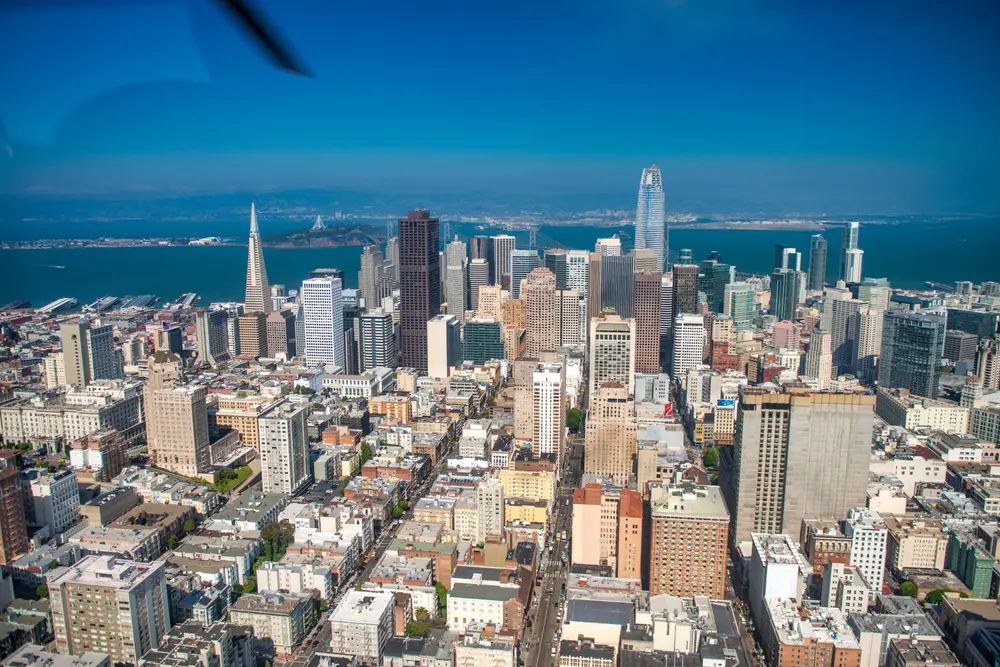
San Francisco, renowned for its cool, fog-laden climate, was jolted by an uncharacteristic heatwave that saw temperatures climb to 102°F. The unexpected heat has sparked a reevaluation of the city’s preparedness for such extremes, which are becoming more frequent. The city’s approach includes expanding access to cooling centers and promoting sustainable building practices to better handle future temperature spikes. For you, this might mean exploring energy-efficient cooling options for your home and staying engaged with community resilience efforts.
The rise in temperatures is also influencing San Francisco’s unique lifestyle, with a growing need for shaded public spaces and heat-conscious outdoor events. Residents and tourists alike are finding solace in cooler microclimates and the city’s diverse indoor attractions. The local government is actively encouraging sustainable practices, from public transportation incentives to urban greening projects. These changes invite you to consider your role in fostering a sustainable, resilient San Francisco that can gracefully adapt to its evolving climate.
13. Atlanta, Georgia

Atlanta, known for its southern hospitality and greenery, faced an intense heatwave that reached 106°F. This record-breaking heat has spurred discussions on how the city can better prepare for and adapt to extreme temperatures. Urban planners are exploring solutions like expanding tree coverage and enhancing public transportation to reduce the city’s reliance on cars, which contribute to urban heat islands. For you, these initiatives may influence how you commute and engage with your community’s green spaces.
The scorching heat has also impacted Atlanta’s vibrant social scene, pushing residents to find creative ways to stay cool. As outdoor events shift to the evening and indoor venues gain popularity, the city’s cultural life is adapting to the new climate reality. The heatwave has also highlighted the importance of community support, with local organizations working to assist vulnerable populations in coping with the heat. Navigating Atlanta’s climate challenges requires a commitment to resilience, encouraging you to participate in efforts that promote a cooler, more sustainable future for the city.
